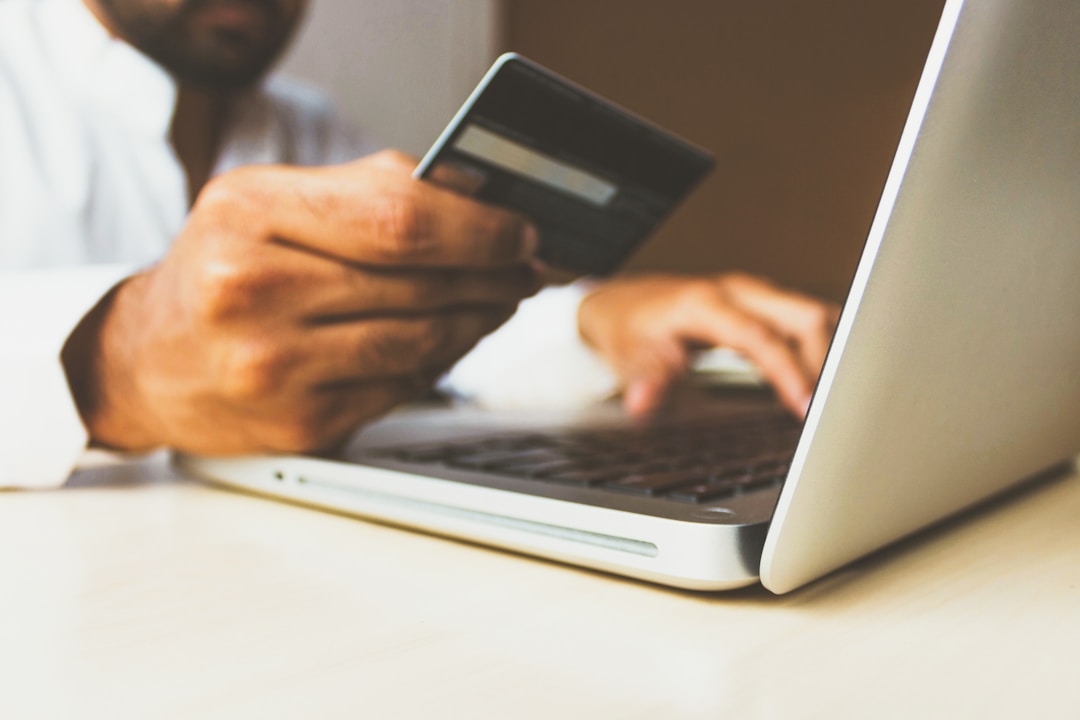Credit cards, auto financing, student loans, and mortgage products are powerful consumer finance tools that millions of people use on a daily basis. Maintaining a credit card is a great option for anyone thinking of expanding their fiscal profile. For those who will want to purchase a home someday, use student loans to further their education, take advantage of balance transfer and cash rewards offers, borrow cash for a wedding, or invest in property to build greater cash flow over the long term, a credit card offers the foundational element of credit history that will one day be required.
Using a credit card to build your history as a responsible borrower is crucial, and with this guide, the process of instilling greater fiscal responsibility in your life will be simplified.
Borrowers can take advantage of great additional credit card benefits.

One way that card issuers entice borrowers to use their credit card over a competitor is by providing signup bonuses and other incentives. Many cards offer cashback or points on purchases that can be cashed in for travel and other perks. Building up rewards points or cashback is a great way to bring in a small boost to your personal finances over the long term, but these are only effective if you leverage the card responsibly in the present moment.
A 2 percent cashback offer, for instance, only really provides you with this advantage on purchases if you don’t carry a revolving balance that adds interest on top of your payments. In this instance, that cashback is only acting to offset the interest rate on the borrowed principal. What’s more, some credit card options will only let you cash in this reward once you’ve reached a certain threshold, perhaps at $25. This means that using the cashback is capped from time to time, further reducing its utility if you are carrying revolving debt on the account.
For many, the use of a personal credit card on the essential purchases that would be made anyway is the best approach to these types of offers. Buying your groceries or gasoline each week with your cashback card is the perfect way to generate the addition of these incremental payouts while managing the card in a responsible and highly effective manner. This type of leverage is also great for promoting long-running boosts to your credit score that will impact future lending decisions in all aspects of your life.
Another essential component of the borrowing experience is the use of built-in products. Your lender is likely happy to offer services like a balance transfer in order to take possession of greater amounts of debt. The average American consumer owes around $6,200 in credit card debt, and with the help of a balance transfer, you can move high-interest debt to a zero-percent account for a promotional period in order to pay it off rapidly without the addition of interest.
Vendors rely on credit card services as well.

Personal account users need the help of credit, but so do commercial enterprises. Business credit cards and the addition of services like card machines make the corporate experience far more streamlined. Credit card machines are particularly valuable to a business owner because they allow you to take card payments from customers. Card machines make business far more versatile and can improve the customer experience by a huge margin. The right card can make all the difference for a business or consumer, but only if that credit card account can be used any time the cardholder sees fit. Thankfully, merchants all over the world take a variety of different cards (Visa, MasterCard, American Express, Discover, etc.). By adding these same services into your business, you can appeal to a much greater audience of consumers.
With these elements in mind, becoming a more responsible and effective credit card user is easy.

